Dunster Castle, located in Somerset, is a motte and bailey castle, and a castle has stood on the grounds from the 1000s, but the castle in place today largely dates from the late 1600s and beyond. It is a country house that has been altered over the years and partially destroyed in the Civil War. The castle itself today is mainly a Victorian creation or style. The castle was eventually sold in 1944 because the family could no longer afford it. It became property of the National Trust in the 1970s. In addition to the castle, visitors can explore the grounds and Dunster Mill, which is close by. I visited the castle during the coronavirus pandemic, so there were many restrictions on my visit. Most of the year, the castle has been closed, but some of the rooms were open to view in mid-September, which is when I made my visit.

There is a one-way system in place and other measures for protection against coronavirus. The one way system led up the hillside to the castle, which has amazing views.

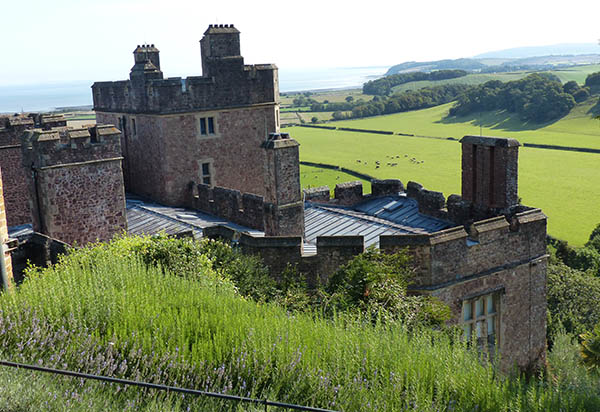
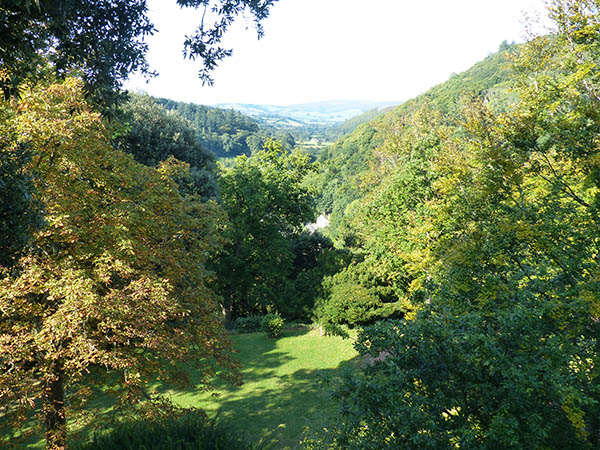
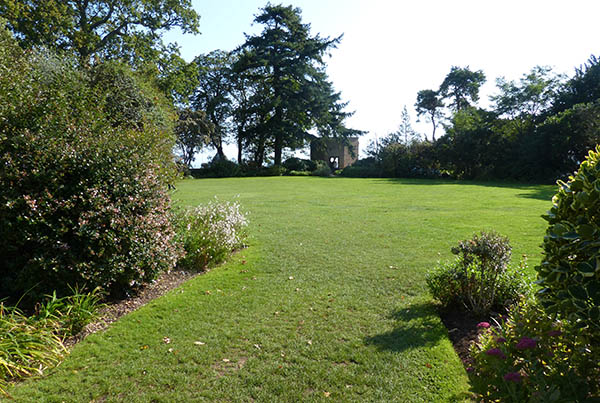
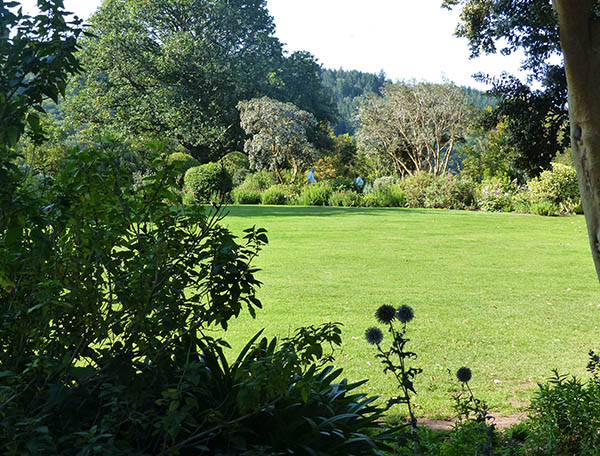
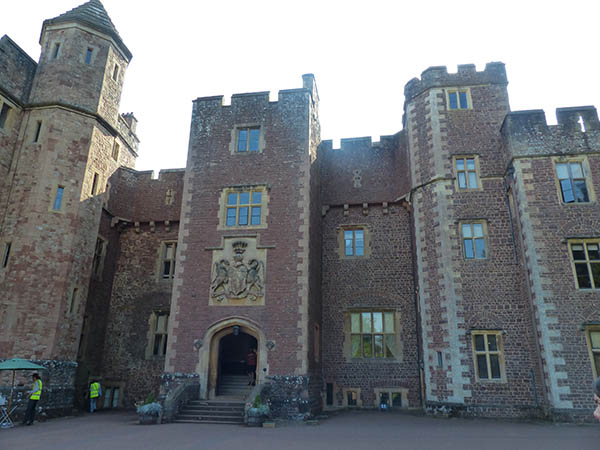
Upon entering the castle, we arrive in the Inner Hall, accessed to the left of the smaller entrance hall. This would have been the Great Hall of the 17th century building. The original spider web ceiling remains, but the fireplace dates from the 1870s and contains an entry from the Domesday Book in reference to Dunster.
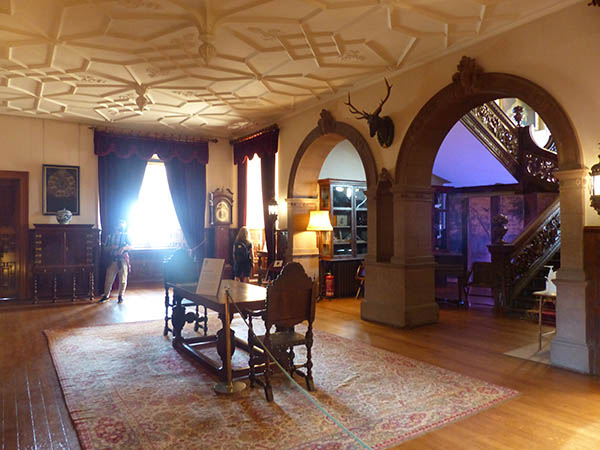
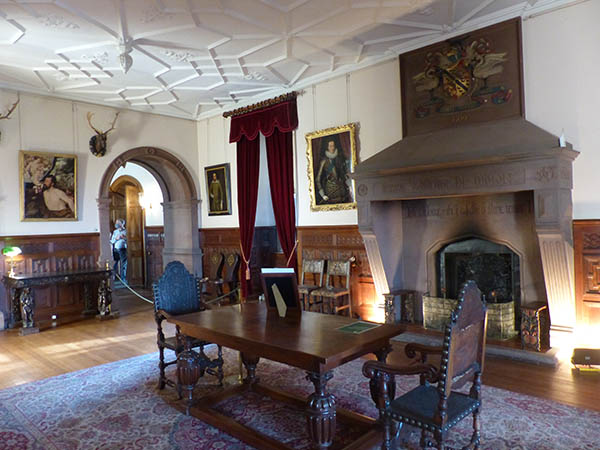
The staircase to the right of the inner hall goes upstairs to the Dining Room, which has a beautiful view over the coast. There is a railway along the coast, and lucky visitors may spot a train if they look out of the window. The dining room dates from the 1680s, though it has been renovated over the years.

The staircase dates from the 1680s and is carved beautifully. It was probably carved by one of the best carvers of the time. The staircase has been carved with single pieces of oak.

Up the stairs is the Morning Room, which was created in the late 1600s but used as bedrooms until it was transformed into a morning or breakfast room. During the Civil War, it was a dormitory. The money had run out, so it was not completed. The room was later used as a private sitting room and music room in 1910, and the wallpaper is reproduced from the existing wallpaper on the walls.

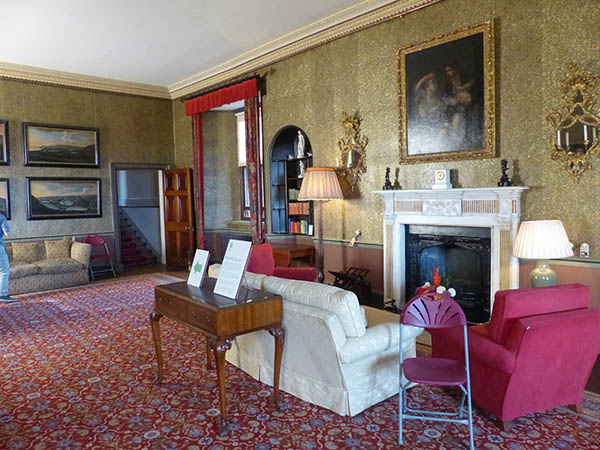

The Wisteria Room is one of the guest bedrooms of the Victorian castle, and it is named from the wisteria that climbs on the walls outside. The room was created by making the Morning Room smaller. The modern facilities were installed in the 1800s.

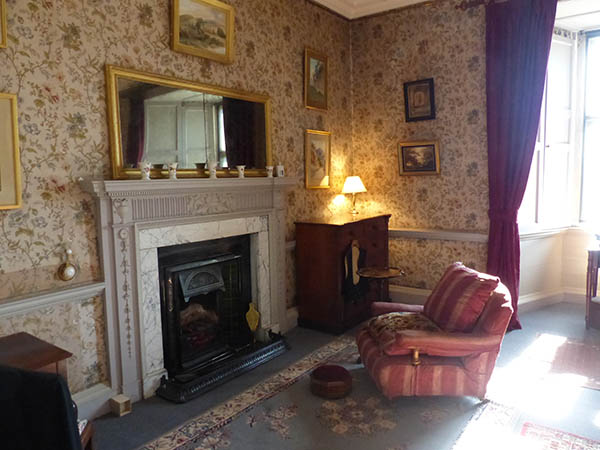

There is another bedroom on this floor, but I don't remember much about it or reading any information boards about it.

The banqueting room was the next room to view, and it contained the Leather Gallery. Leather was used for the wall coverings due to their inability to retain smells. The series of leather artwork shows Cleopatra and Anthony, and they were first recorded as being in the castle in 1741.
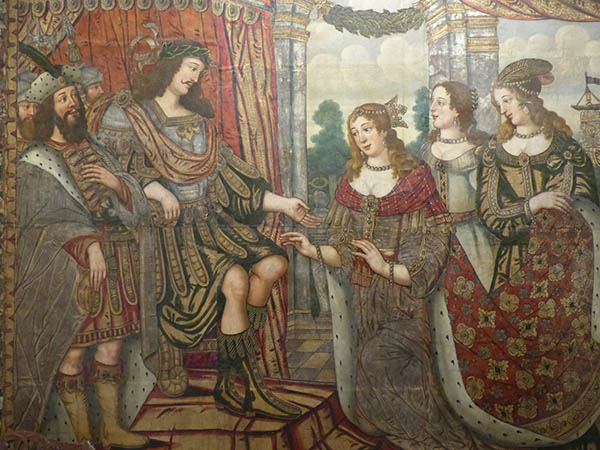
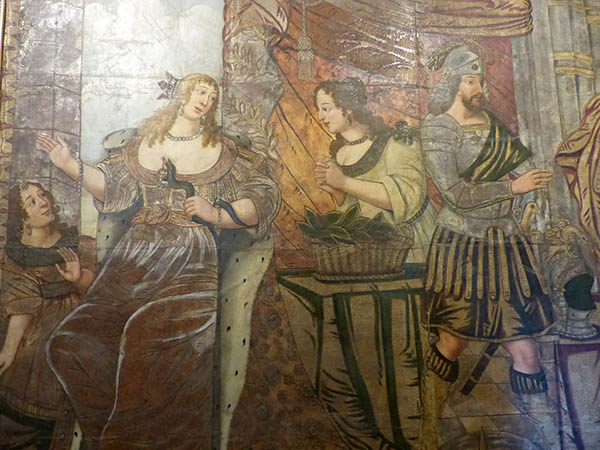
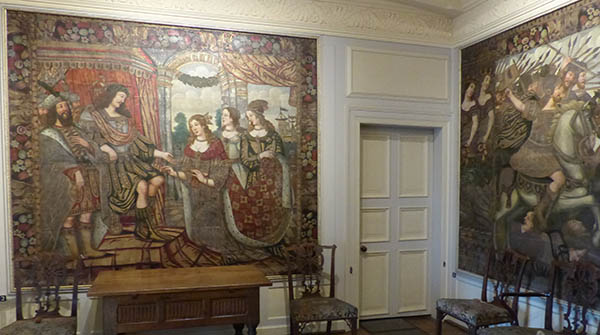
The King Charles Bedroom leads off from the Leather Gallery. Dunster Castle was Royalist during the Civil War. This was one of the main bedrooms of the castle. The room is named for the future king, Charles II, who stayed in the castle to generate Royalist support. The castle is meant to be one of the most haunted rooms in the castle. There are a set of hidden stairs to a hidden passageway in the room, and it is thought the stairs go to a hidden passage to the stables.
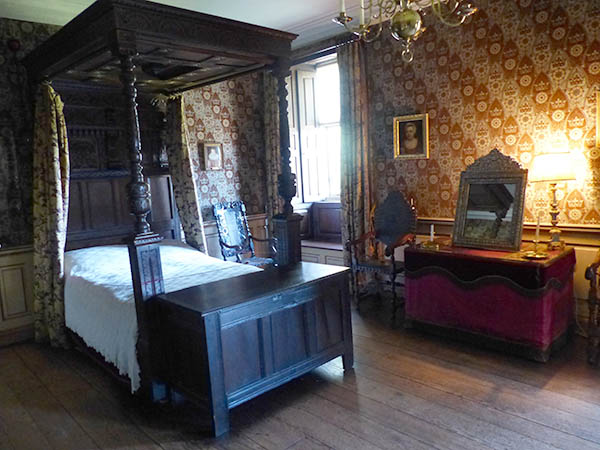
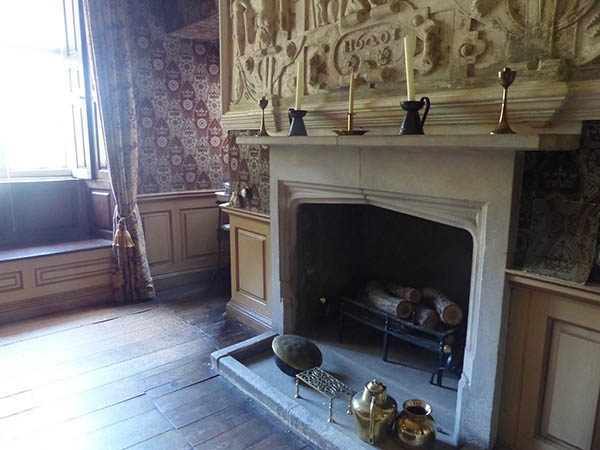
Back down the stairs, a narrow corridor leads past a couple of the castle service rooms, including the muniment room, which held all of the paperwork for the running of the castle.
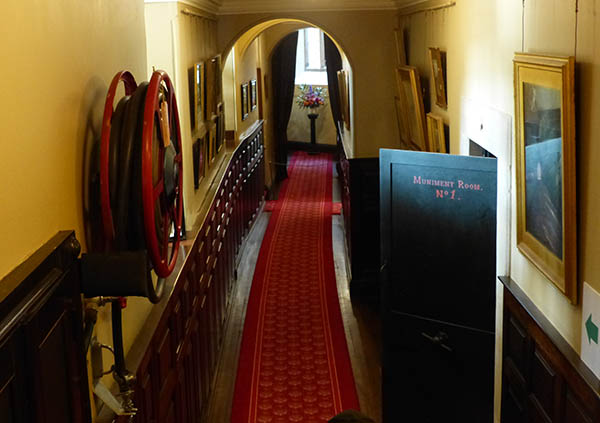
The Justice Room is also located here, and this served as an office.
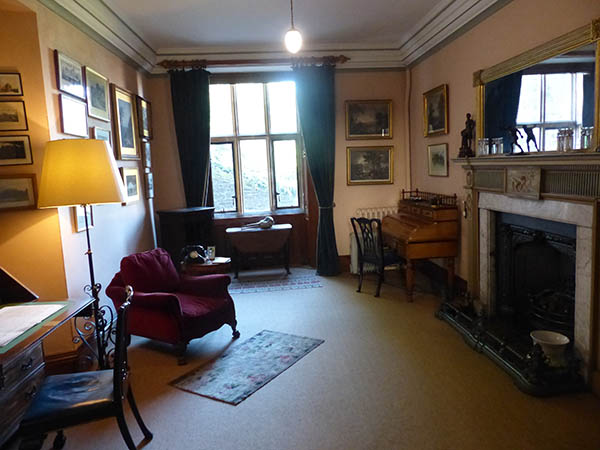
The Library was the next room to view on the visit, and it was not the original library. It was created out of three different rooms in the 19th century.
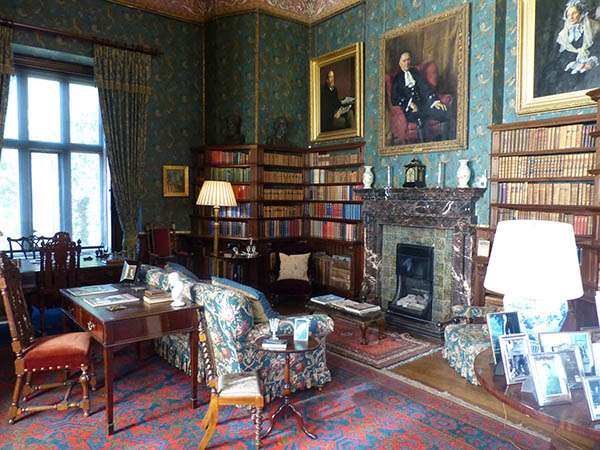

Off of the library is a garden room.
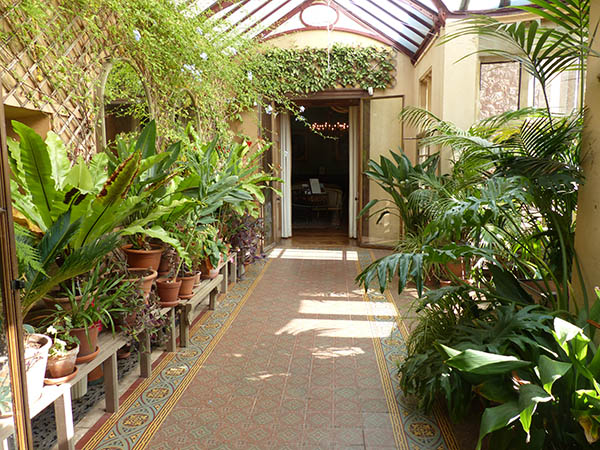
The Drawing Room was created from the original chapel in the 19th century. The family had afternoon tea in this room originally, but it was rarely used in the later years.
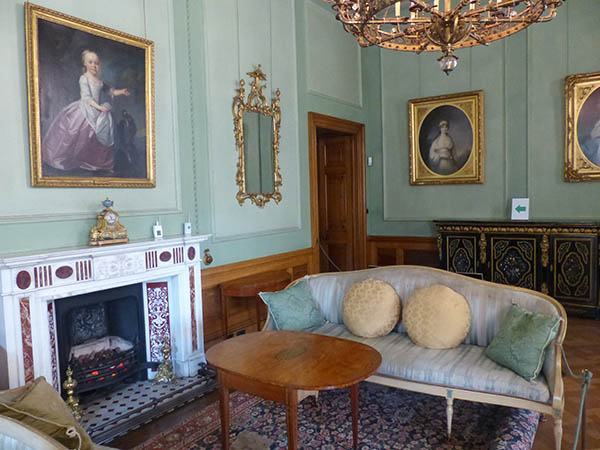

The Outer Hall was next to visit, and this was created in the 1800s when the castle was in need of more rooms. Some of the larger rooms were broken up into smaller ones. This was the last room to visit (and the first as it was the entrance hall) before exiting. There was a one-way system in place to ensure that visitors could keep distance, but some of the rooms, such as the kitchens, were closed due to the coronavirus pandemic.
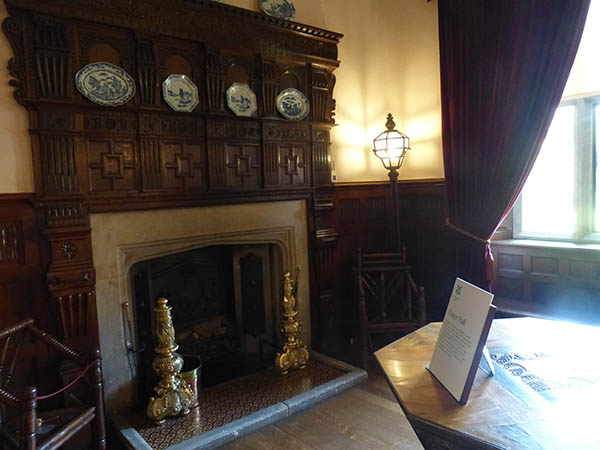
After the tour of Dunster Castle, we enjoyed a late breakfast at the castle grounds. The cafe was set up outside due to restrictions with the pandemic. Visitors could grab some light bites to eat on the picnic benches in front of the castle.
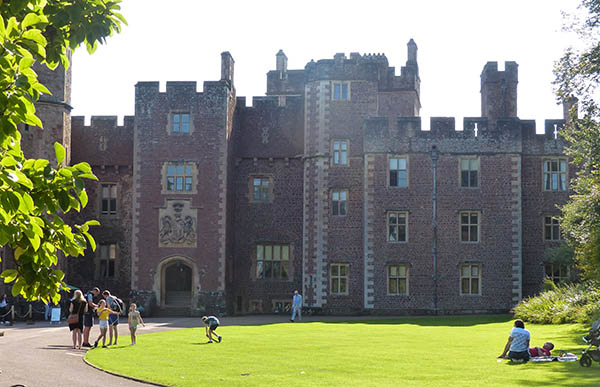
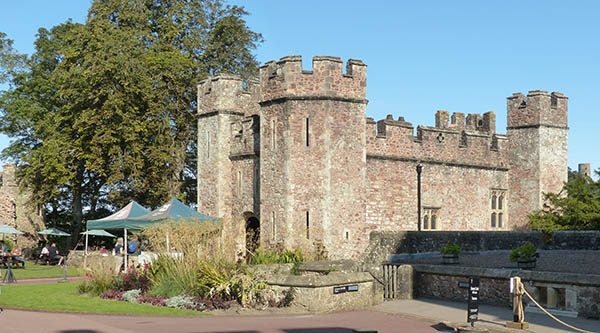
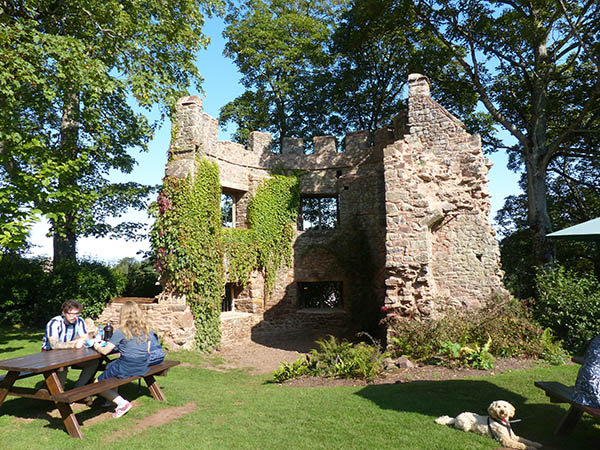
Through the courtyard of the castle, there are beautiful gardens and views.

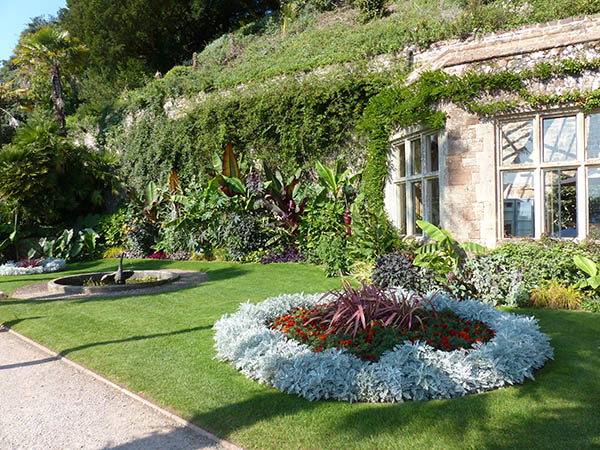


After visiting the castle, visitors complete a one-way walk along the grounds of Dunster Castle, which descends down the hill and through some woods with a stream running through it. This is known as the Riverside Walk. The Dunster Mill is here, but this was currently closed.

One of the bridges over the stream is a stone bridge and has a "Lover's Seat" on it.

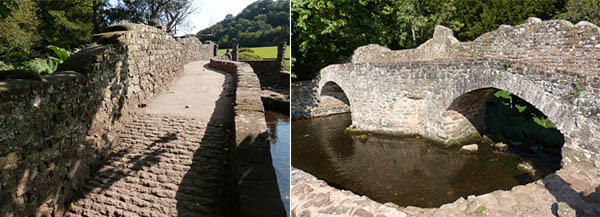
The Dunster Mill at the bottom of the castle's hill, is currently closed during the coronavirus pandemic. The Domesday Book mentions Dunster Castle as standing where the mill is today.
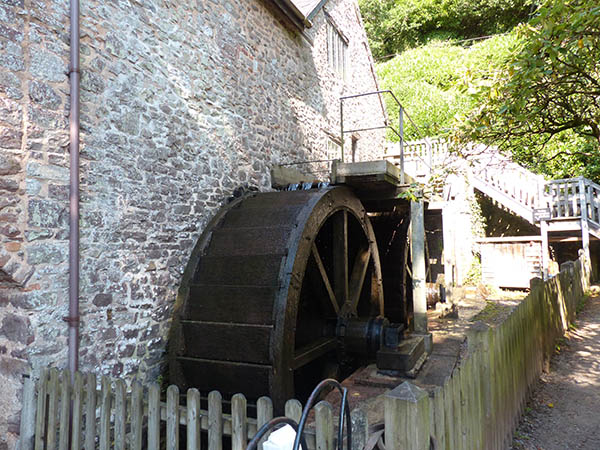
The last visit was a visit to the shop, which is at the bottom of the castle gates. The shop has been converted from the old stables at Dunster Castle.

I hope to return to Dunster Castle in order to complete my visit, which was restricted during the coronavirus pandemic, and to visit Dunster Mill.
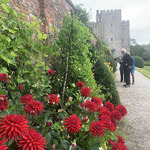
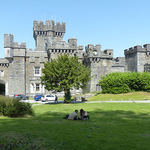
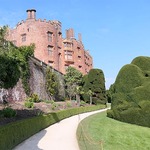
Leave a comment